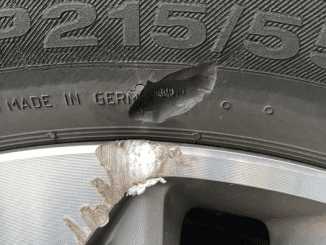Bottle caps have become an integral part of product packaging, providing both protection and convenience. One standout design that has captured the market’s attention for decades is the flip-top bottle cap. Known for its ease of use, reusability, and ability to maintain product freshness, the flip-top cap design has become iconic in beverage and household packaging. Let’s take a closer look at the history, design, materials, and benefits of flip-top bottle caps and why they remain relevant in modern packaging.
What is a Flip-Top Bottle Cap?
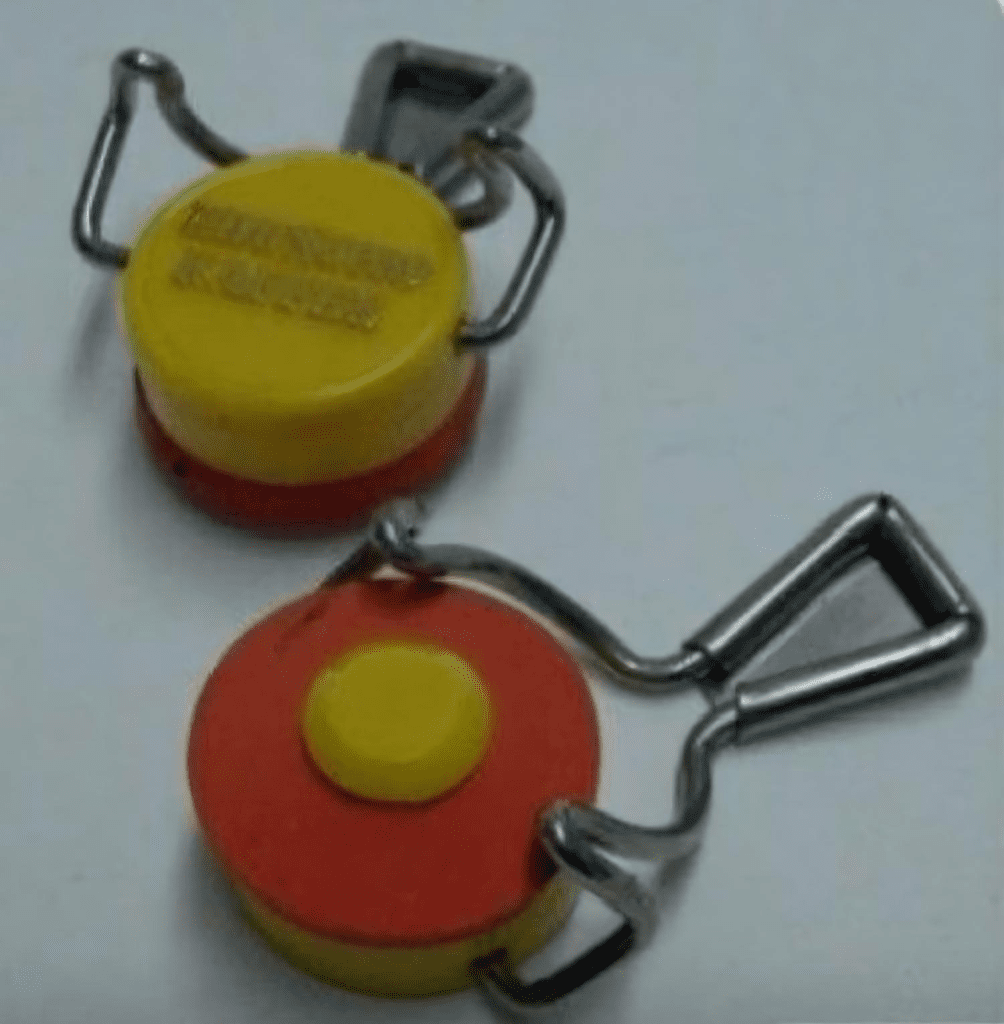
A flip-top, also known as a swing-top or Grolsch cap, is a type of bottle closure designed to seal a bottle securely while allowing easy access with a simple flip mechanism. Unlike traditional caps that require twisting or prying off, a flip-top cap can be opened with a single motion, making it a user-friendly option. Originally made from ceramic and now commonly from plastic or a mix of materials, these caps are attached to the bottle by a set of wire clamps that keep the lid tightly sealed when closed.
The History of Flip-Top Caps
Before the invention of the popular crown cork cap, flip-top caps were the go-to solution for sealing carbonated beverages. Developed to handle the pressure of carbonation, they were widely used on bottles of beer, soda, and other fizzy drinks. These caps were especially popular in Europe and can be seen on bottles from historical breweries. The name “Grolsch cap” comes from the Dutch brewery Grolsch, which helped popularize the design in the 19th century. The flip-top cap was highly functional and reusable, which made it a staple in packaging until crown corks became the dominant cap style.
Design and Mechanism of Flip-Top Caps
The design of a flip-top bottle cap may look simple, but it incorporates several key components that make it effective.
- Stopper: Made from plastic or ceramic, the stopper is fitted with a gasket to ensure a tight seal, preventing any leaks or air from entering the bottle.
- Wire Hinge: The metal wire hinge mechanism holds the stopper in place and allows it to pivot for easy opening and closing. This wire can also withstand the pressure inside carbonated bottles, making it ideal for beer or soda.
- Gasket: A rubber or silicone gasket lines the stopper, ensuring a tight seal to keep the contents fresh and carbonated. This is particularly important for beverages that require preservation of carbonation.
The stopper is secured by snapping the wire hinge over the mouth of the bottle. When the hinge is pulled, it breaks the seal, releasing the stopper from the bottle neck. This mechanism is not only functional but also highly durable, as it can withstand repeated use.
Materials Used in Flip-Top Caps
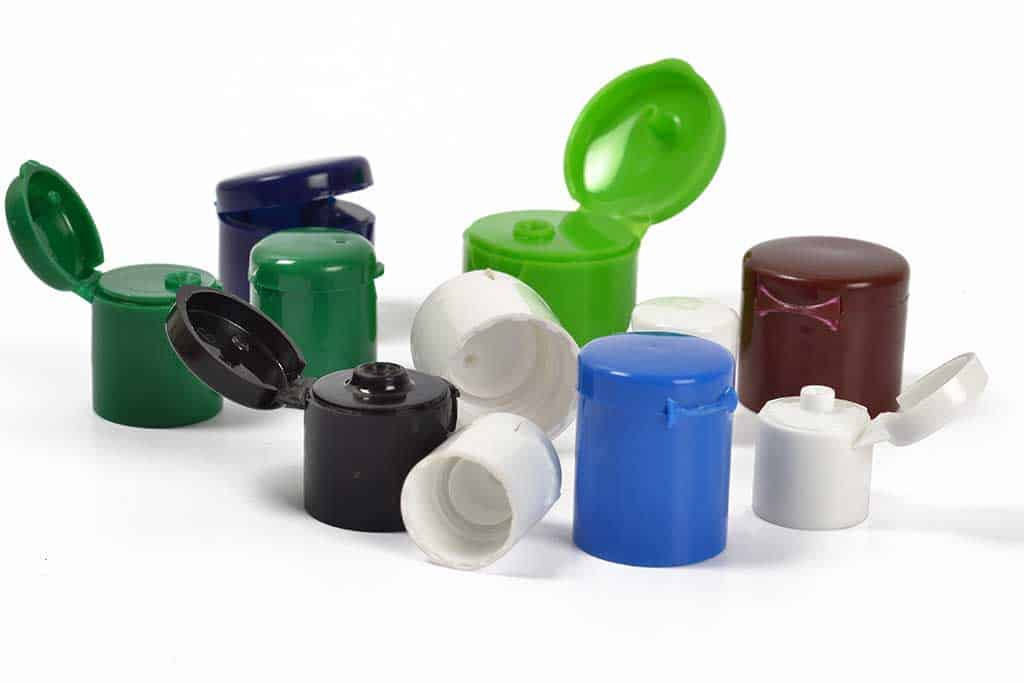
The materials used in flip-top caps vary depending on the brand and purpose of the bottle. Generally, these caps are composed of:
- Ceramic or Plastic Stopper: Originally, ceramic was the primary material for stoppers due to its durability and non-reactive properties. Today, however, plastic stoppers are more common because they are cost-effective and lightweight.
- Metal Wire Clamp: Most flip-top caps use stainless steel or aluminum for the wire clamp. These materials are resistant to corrosion and can handle the tension needed to keep the stopper securely in place.
- Rubber or Silicone Gasket: The gasket is essential for ensuring a leak-proof seal. Silicone gaskets are popular because of their durability, flexibility, and heat resistance, while rubber is often chosen for its elasticity and cost-effectiveness.
Advantages of Flip-Top Bottle Caps
Flip-top bottle caps offer several advantages that make them a preferred choice for both manufacturers and consumers:
- Reusable and Eco-Friendly: Unlike single-use plastic caps, flip-top caps can be reused, which reduces waste and supports eco-friendly initiatives. They are particularly popular among those who appreciate sustainable packaging solutions.
- Superior Sealing Ability: The tight seal provided by the stopper and gasket combination helps preserve the freshness of the bottle’s contents, making it ideal for products like beer, soda, and kombucha, which require carbonation.
- Convenience and Ease of Use: Flip-top caps are designed for quick access. There’s no need to hunt down a bottle opener or struggle with unscrewing a cap. This makes them a popular choice for on-the-go beverages.
- Classic and Aesthetic Appeal: Flip-top caps add a vintage, rustic charm to products, making them visually appealing to consumers who appreciate a classic design. This makes them popular among artisan beverage brands that want to create a unique and memorable experience.
- Durability: Due to the robust materials used, flip-top caps are highly durable, allowing for repeated use over a long period. This durability also makes them ideal for use on reusable bottles.
Modern Applications of Flip-Top Caps
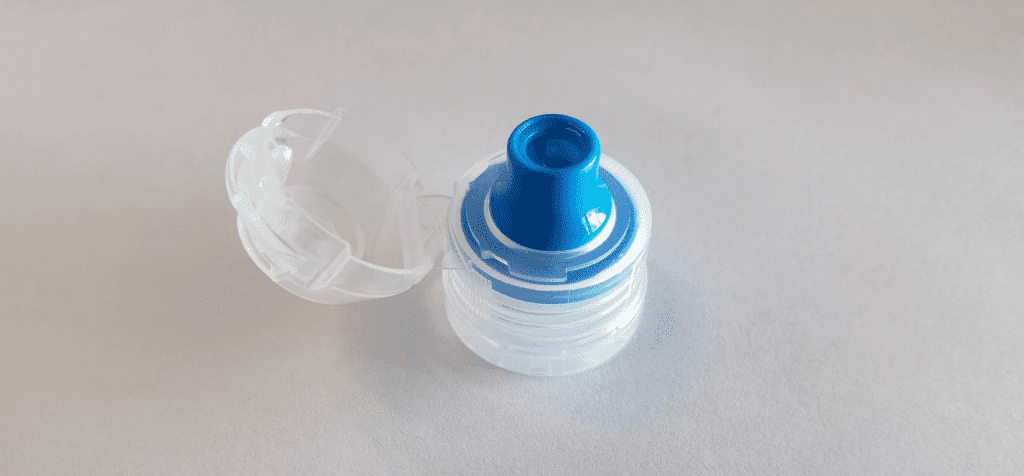
While once limited to beverages, the versatility of flip-top caps has led to their application in a wide variety of industries:
- Artisan and Craft Beverages: Many craft breweries and soda makers favor flip-top bottles for their unique aesthetic and superior carbonation retention. Brands often use these caps as a way to signal quality and tradition.
- Homebrewing: Flip-top bottles are popular among homebrewers because they are easy to seal and reuse, allowing brewers to store their creations securely.
- Household and Personal Care Products: Flip-tops have found a place in packaging for household cleaners, soaps, and shampoos. The easy-to-use mechanism is a favorite for products that require frequent opening and closing.
- Reusable Water Bottles: Flip-top caps are ideal for reusable water bottles, as they prevent leaks and are easy to open and close. Many eco-conscious consumers appreciate the reusability factor of these caps.
Challenges and Limitations of Flip-Top Caps
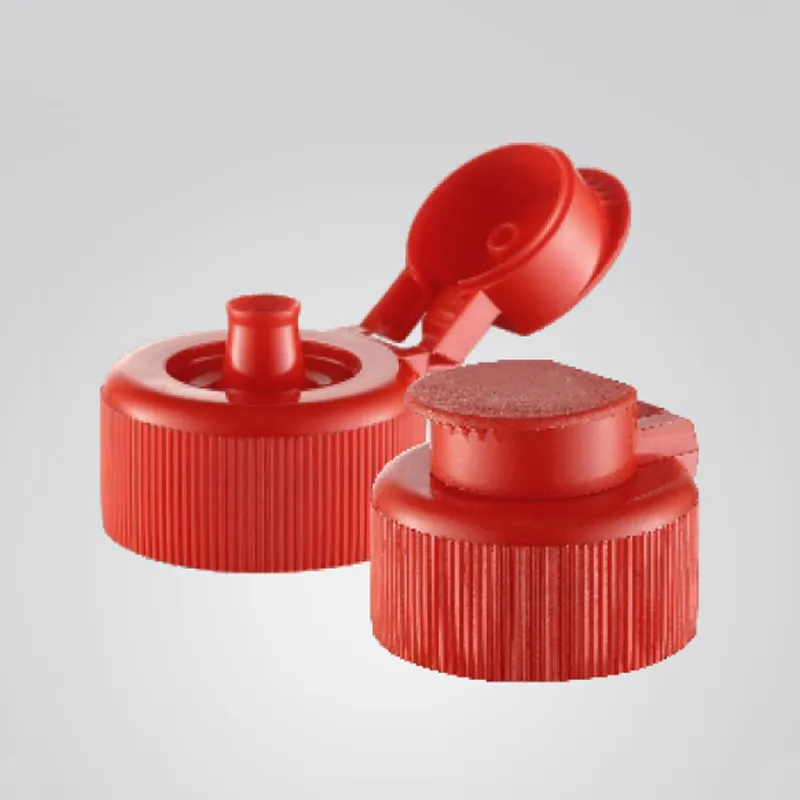
Despite their many benefits, flip-top caps also come with a few limitations:
- Higher Manufacturing Cost: Due to the materials and mechanism, flip-top caps are more costly to produce than standard plastic or metal caps, which may make them less appealing for budget-conscious brands.
- Bulky Design: The wire hinge and stopper add bulk to the bottle, which can make them less compact for storage or transport compared to other closures.
- Risk of Breakage: The wire hinge, while durable, can be prone to breakage if handled improperly, especially if cheaper materials are used. However, high-quality flip-tops mitigate this issue with stronger materials.
The Future of Flip-Top Bottle Caps in a Sustainable World
As consumers become more environmentally conscious, the demand for sustainable and reusable packaging solutions has risen. Flip-top caps, with their reusability and durability, align well with this trend. Manufacturers are increasingly looking for materials and designs that reduce waste, making flip-top caps an appealing choice for eco-friendly brands. As a result, we are likely to see even more creative uses for flip-top caps in various industries, from beverages to personal care products.
Conclusion
Flip-top bottle caps offer an ideal blend of practicality, aesthetic appeal, and sustainability. While they may be more costly to produce, the convenience, reusability, and vintage charm of flip-tops make them an excellent choice for brands looking to distinguish their products and appeal to environmentally conscious consumers. With applications that extend from craft beverages to personal care items, the flip-top cap continues to be a timeless, versatile solution in modern packaging.


